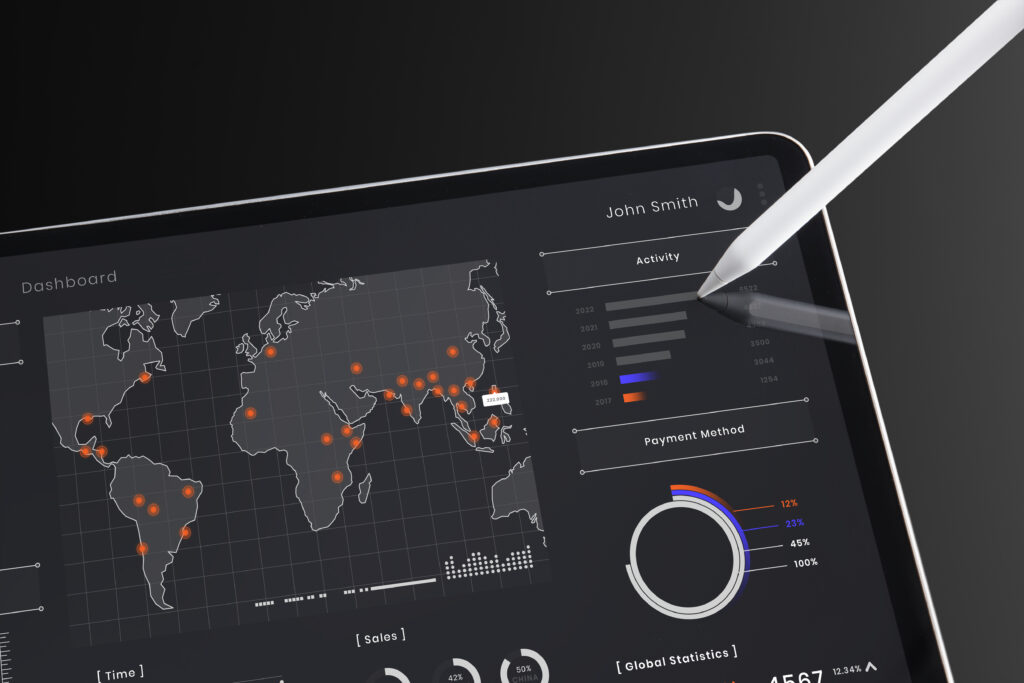Cyberattacks are no longer confined to rogue individuals or small-time hackers. Today, cyber threats often originate from self-learning software—algorithms capable of adapting in real-time. The landscape is shifting rapidly, and artificial intelligence is no longer just a promising innovation—it’s becoming the central nervous system of modern cybersecurity.
When we talk about how AI is shaping the future of cybersecurity, we’re looking at a fundamental redefinition of roles, tools, and threat dynamics. This isn’t about replacing people. It’s about building systems where technology augments the best of human judgment.
From Signature Matching to Pattern Recognition
Legacy security systems rely heavily on known threat signatures. But in a world where attackers tweak malware hourly, this approach is aging fast. AI doesn’t need a name to recognize a problem. It spots anomalies—subtle shifts in behavior that suggest something’s off.
-
For example, when a user with limited access suddenly downloads gigabytes of data at 2 a.m. from a foreign location, AI flags it—even if no known malware is involved.
-
This kind of behavior-based detection enables earlier intervention, especially in industries like healthcare or banking, where data sensitivity is paramount.
Rather than waiting for validation from a threat database, AI responds to irregularity in context.
Predictive Analytics: Anticipating Before Attacks Happen
Modern threats are stealthy. They don’t always announce themselves with clear indicators. Predictive AI leverages massive volumes of historical and real-time data to forecast when and where an attack might occur.
-
In one case, a global logistics firm noticed a pattern of failed logins across several sites. AI models correlated these incidents with prior phishing tactics seen in industry alerts.
-
With that foresight, they implemented stricter access controls and trained users—days before attackers escalated their efforts.
Proactive risk management, once aspirational, is now an achievable standard.
Speed as a Strategic Weapon
Cybersecurity is increasingly a race against the clock. Once a breach begins, every second counts. AI helps turn the tide by identifying and acting on threats far faster than any human team.
-
A financial institution deployed AI-driven log monitoring and slashed its average threat response time from over two hours to under ten minutes.
-
The technology processed complex rule sets and prioritized alerts automatically, cutting down on noise and accelerating real action.
Speed isn’t a convenience anymore—it’s a defensive imperative.
Reimagining the Role of Human Analysts
There’s a misconception that AI will phase out security teams. In reality, it empowers them to make better decisions faster. By handling the heavy computational lifting, AI gives analysts room to do what machines can’t: contextualize and strategize.
-
AI can highlight a potential breach, but only a human can weigh whether it’s a false positive or part of a larger campaign.
-
Instead of manually combing through logs, analysts receive prioritized, actionable insights.
This shift transforms analysts from troubleshooters into risk managers and policy shapers.
Autonomous Containment: Action Without Delay
Some of the most advanced AI systems, meanwhile, are capable of initiating containment protocols automatically. In practical terms, that means isolating devices, terminating sessions, or revoking credentials the moment a threat is confirmed—without waiting for manual approval.
- For example, at a regional utility provider, an AI tool detected a command injection attempt on an internal interface. As a result, it immediately disabled the affected device—well before human intervention was even possible.
- The result? No downtime, no data loss, and no escalation.
Of course, autonomy requires strict governance. The key is to let AI act quickly but within clearly defined safety parameters.
Limitations: AI Must Be Trained and Watched
Despite its potential, AI has weaknesses. If trained on flawed or incomplete data, it can develop blind spots. Worse, malicious actors are learning to trick these systems through adversarial tactics.
-
In a simulated environment, attackers subtly modified login behaviors to train an AI system to ignore genuine anomalies—giving them a backdoor.
-
This underscores the importance of data hygiene and constant re-evaluation of AI models.
AI in security must be monitored just as closely as the threats it guards against.
The Cybersecurity Arms Race: AI on Both Sides
It’s not just defenders who benefit from AI. Cybercriminals are using it too—to automate social engineering, generate convincing phishing emails, and develop polymorphic malware that changes with each iteration.
-
Deepfake audio, once a novelty, is now being weaponized in business email compromise attacks.
-
AI is also being used to scan targets more efficiently, identify vulnerable systems, and orchestrate multistage attacks.
Defenders must invest in equally smart tools—or risk falling behind in this rapidly escalating arms race.
Where Managed IT Services Fit In
Deploying AI in cybersecurity isn’t just about buying software. It’s about thoughtful integration, oversight, and ongoing refinement. That’s where trusted managed IT providers make a real difference.
A partner like Certified CIO can:
-
Align AI tools with your business risk profile.
-
Ensure interoperability with existing platforms.
-
Provide human oversight to interpret and act on AI findings.
Rather than overextending internal teams or adopting unproven tech stacks, companies can lean on seasoned partners who’ve been there before.
The Real Future: Machines + Minds
AI won’t replace cybersecurity professionals—but it will reshape the field. Success will hinge on a hybrid model, where machines do the heavy lifting and humans provide the insight and context.
This blend is what makes AI transformative: not its ability to act independently but its ability to rapidly amplify positive decisions.
How AI is shaping the future of cybersecurity isn’t a question of possibility anymore. It’s happening. The only question that remains is: are we ready to lead with it?





